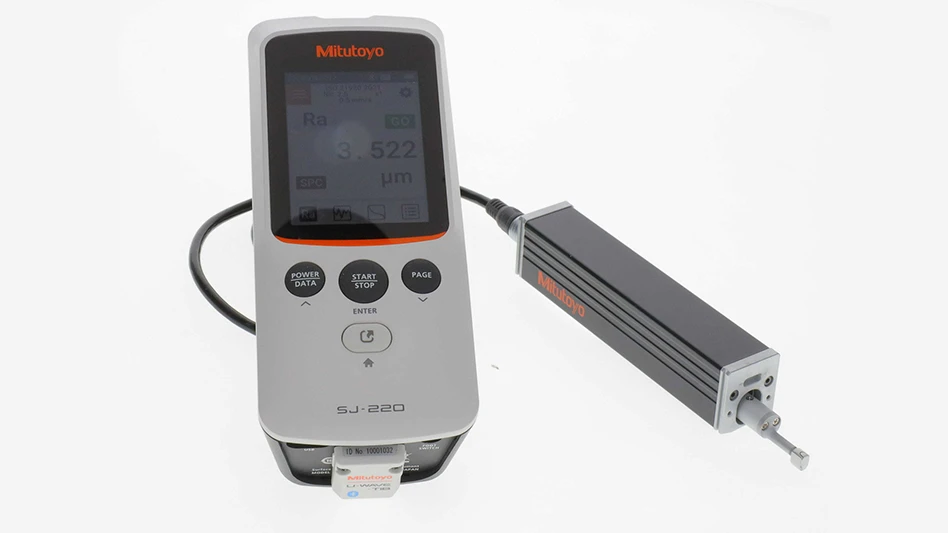
Many step motor users are faced with a question of whether or not to use microstepping in their stepper motor application. The answer lies in the understanding of the relationship between step resolution and torque in a comparative analysis. This brief analysis touches on the three most common step resolutions: full stepping, half stepping and 64x microstepping.
To gain an understanding of the relationship between microstepping and torque, it's important to understand microstepping at a basic level. Typically, step motors move 1.8° per full step. Drivers, such as Lin Engineering's R325, are capable of sending different amounts of current to both the A and the B phases of a stepper, forcing it to move at various increments. These small increments are called microstepping a motor. For example, setting the driver at half stepping will move a typical 1.8° motor at 0.9° per pulse. Drivers are capable of splitting the current in many different amounts in order to force the motor to step in miniature step angles as small as 0.007° per step.
When viewing a driver's waveform, the different amounts of current the driver provides to the motor phases are visible. Since current is one of the main forms of input power, and power in equals power out, more current going to the motor will produce more output power.
In order to do a fair comparison, knowing the differences and values of each of the three step resolutions is necessary.
FULL STEPPING
During full stepping, both phases are always on, creating a vector sum of 1.4 times
more current than the phase currents. For a motor rated at 1 A/Phase, the drive will actually
produce an overall current of 1.4A. If A and B are both energized, or "on", together
they create the vector sum of 1.41 A.
HALF STEPPING
During half stepping, a motor rated at
1 A/Phase will actually output an average
current of 1.2A of current. Half of the time,
the motor will have one phase on, and half
of the time, the motor will have two phases
on.
64X MICROSTEPPING
The average amount of current that the
motor will receive when given 1 A/Phase
is 1.4A.The vector sum of phase A and
phase B, regardless if there are one or two
phases on, is always 1.4A.
A STEP IN THE RIGHT DIRECTION
The process of selecting the right torque
versus operation tradeoffs can be accomplished
with any driver that is capable of the
various microstep settings. Some drivers
may not necessarily have full step, half step,
4x, 8x, 64x, etc. Smooth motion is so critical
with step motors that most newer drivers will
have this capability. Since selecting full step
verses microstepping is accomplished by
initial programming, it is simply a matter of
choosing the acceptable performance tradeoffs
for the application.
Get curated news on YOUR industry.
Enter your email to receive our newsletters.
Explore the April 2007 Issue
Check out more from this issue and find your next story to read.
Latest from Today's Medical Developments
- Incredible Machine works on the Rube Goldberg principle
- FAULHABER’s metal planetary gearhead family
- Aerospace Industry Outlook - Spring 2025, presented by Richard Aboulafia
- World’s smallest pacemaker is activated by light
- FANUC America’s ready-to-deploy cobot web tool
- #42 Lunch + Learn Podcast - Quell Corp
- Siemens accelerates path toward AI-driven industries through innovation and partnerships
- REGO-FIX’s ForceMaster and powRgrip product lines






